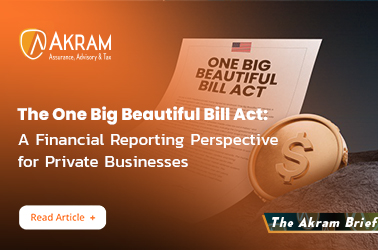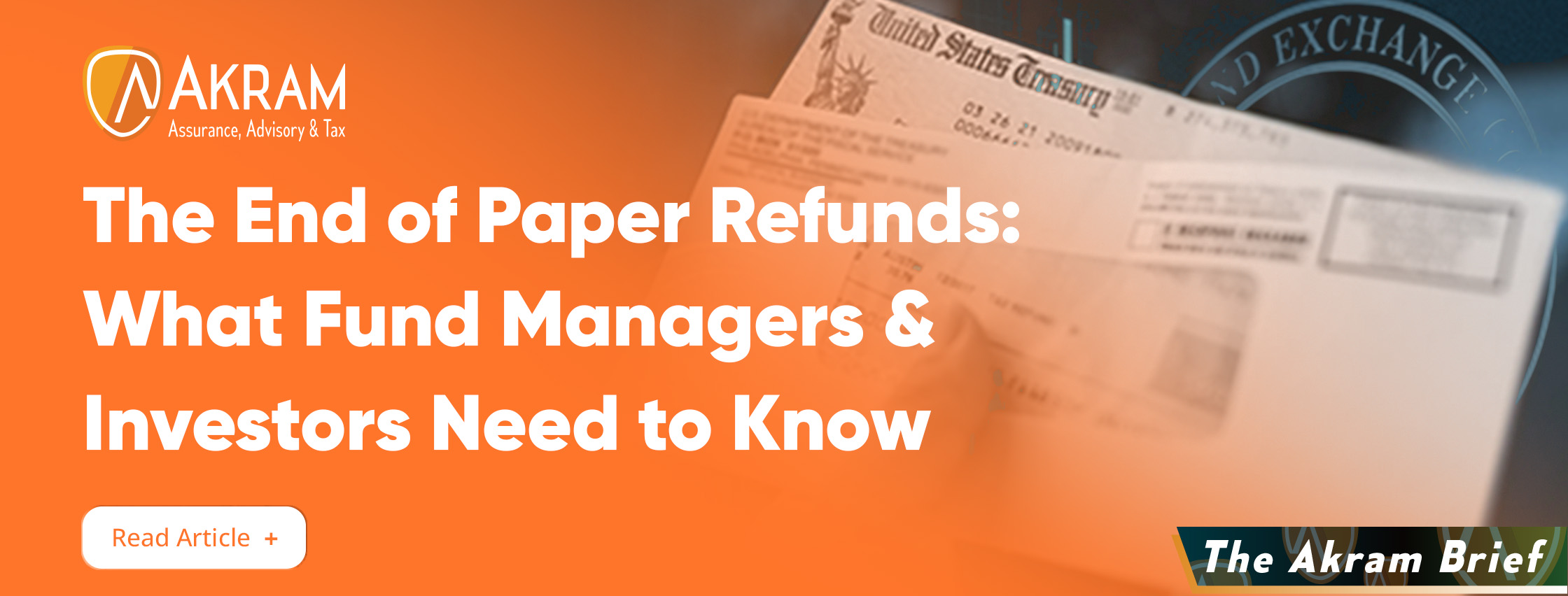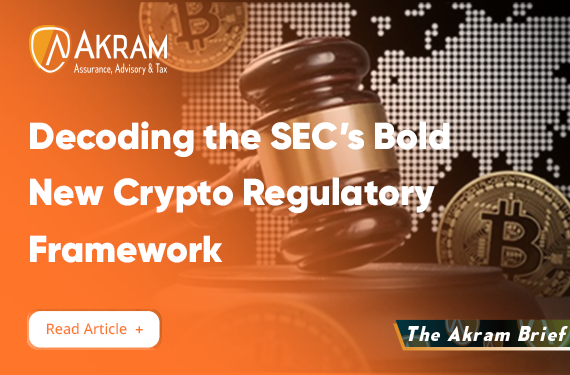Digital Assets Hedge Funds Showing Resilience Despite Numerous Headwinds
The recent banking crisis involving Silicon Valley Bank (SVB), Signature Bank and Silvergate has yet again put digital assets - in particular, the cryptocurrency / hedge fund side of it, as opposed to the blockchain-based venture capital side of it – in the firing line. And just when you thought the fallout from the crisis was beginning to abate, the Economic Report of the President is published, with an entire chapter seemingly devoted to criticizing the cryptocurrency space.
“One reason many crypto assets are highly volatile is that many of them do not have a fundamental value…Even commodities such as gold and silver have fundamental values, because they can be used in jewelry and for special manufacturing purposes,” says page 246 of the report.
Ignoring the fact that Gold and Silver only have value because at some point, humans have arbitrarily assigned value to them because they’re shiny and scarce (dirt and grass come out of the ground too, and they don’t cost $2,000 per ounce), documents like this show what the crypto hedge fund sector is up against. Then, at the end of March, Binance CEO Changpeng Zhao (CZ) was the subject of a complaint issued by the Commodities Futures Trading Commission (CFTC) alleging US regulatory violations.
The bad news in crypto land sometimes seems to be never-ending, but despite the media coverage and the optics, I don’t see this having much of an impact on the growth of the digital asset hedge fund space. Here at Akram, we still see new launches, and being an accounting and audit firm, we’ve been doing plenty of work in the past few weeks on tax returns, and the trend of an increasing number of other managers – mainly multi-asset investors and traders, like macro / managed futures hedge funds – incorporating digital assets into their broader strategies and portfolios is one that’s still on the rise.
What’s encouraging for the broader cryptocurrency investment ecosystem is that it doesn’t seem deterred by recent events. Bitcoin is up 60% this year, from less than $17,000 at the beginning of January to around $28,000 at the time of writing. The Barclay Hedge Cryptocurrency Traders’ Index is up +30% this year, leading all headline strategy categories that the firm collects data for.
Another feature of the more recent challenges facing the digital asset hedge fund sector is that this time, there have been fewer closures than there were in 2019, when many couldn’t get back above their high water mark after BTC’s 2018 price plummet, indicating a certain resilience in the sector. Additionally, the price floor during last year’s crash – around $17,000 – was significantly higher than the price floor in 2018/2019 (around $3,600). Being better at making money on the way down, as well as the way up, and better risk management processes means the space is in a much better place to handle volatility than it was previously;.
It's inevitable that some kind of more structured regulatory environment will envelope the digital asset investment industry. When that happens, I’ve no idea. And it wouldn’t surprise me if there aren’t other challenges down the road, but that’s partly something that’s to be expected from a nascent industry like the digital asset one. After all, it’s still only a decade or so old – compare that to the stock market, which got its start in 1611 in Amsterdam. Still, I suspect that this improved resilience is going to continue to be required of firms in this industry for a while yet.







